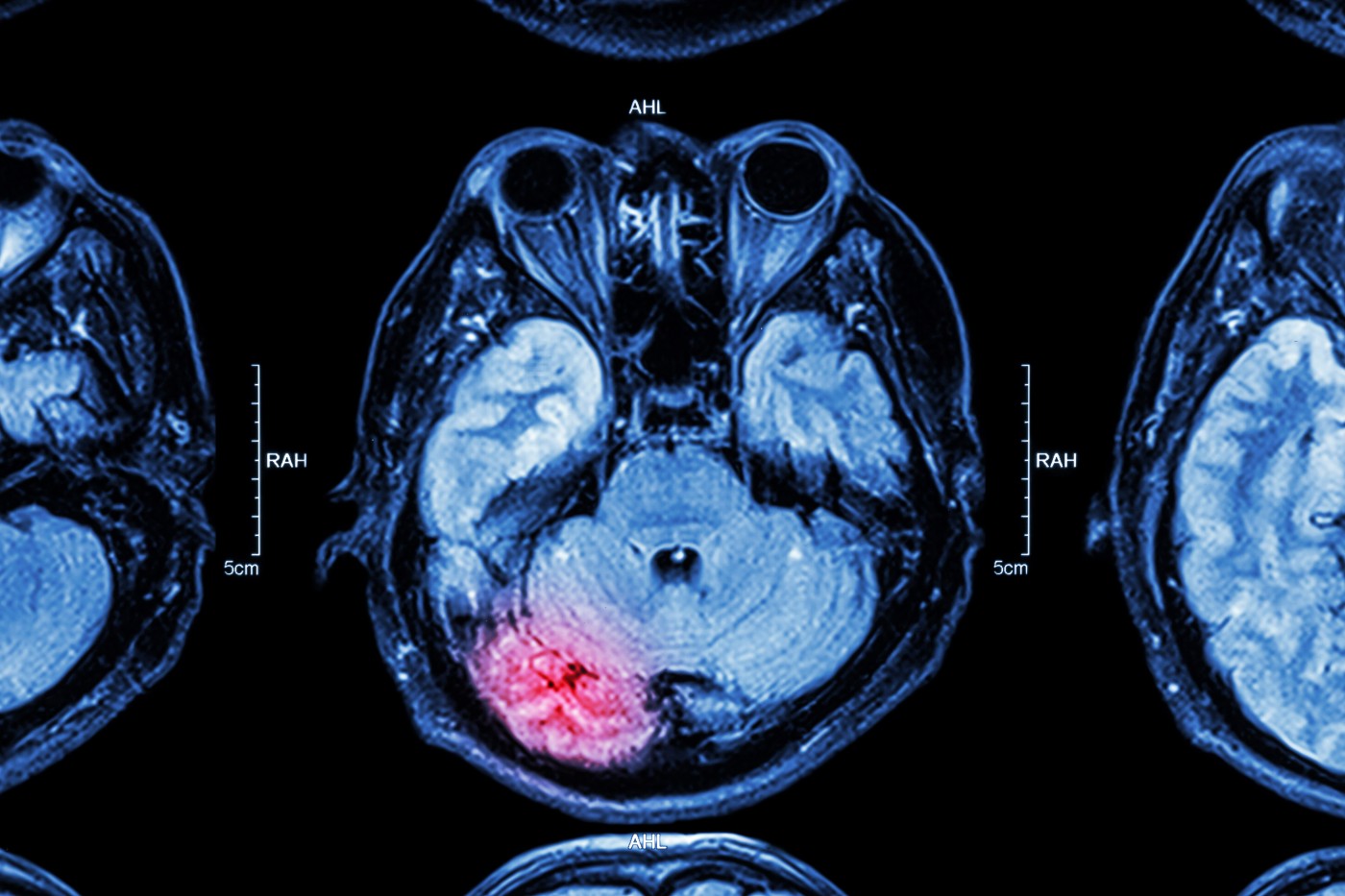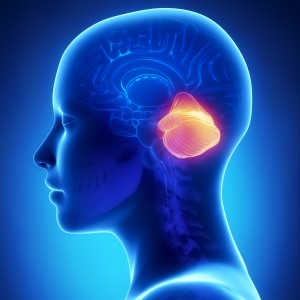Cerebellar Changes in Ataxias Detected by fMRI

 Patients with Friedreich’s ataxia may have more damage to brain cells than was previously thought. A study from University of Duisburg-Essen in Germany led by Dr. Maria R. Stefanescu and principal investigator Dr. Dagmar Timmann used magnetic resonance imaging (MRI) to look at the levels of atrophy in various regions of the brains of 12 patients with Friedreich’s ataxia, as well as 12 patients with spinocerebellar ataxia type 6 (SCA6) and 10 patients with spinocerebellar ataxia type 3 (SCA3), both of which are also common hereditary ataxias.
Patients with Friedreich’s ataxia may have more damage to brain cells than was previously thought. A study from University of Duisburg-Essen in Germany led by Dr. Maria R. Stefanescu and principal investigator Dr. Dagmar Timmann used magnetic resonance imaging (MRI) to look at the levels of atrophy in various regions of the brains of 12 patients with Friedreich’s ataxia, as well as 12 patients with spinocerebellar ataxia type 6 (SCA6) and 10 patients with spinocerebellar ataxia type 3 (SCA3), both of which are also common hereditary ataxias.
“Structural and functional MRI abnormalities were observed in patients with SCA6, Friedreich’s ataxia, and SCA3 on the level of the cerebellar cortex and cerebellar nuclei,” wrote Dr. Stefanescu in the article, “Structural and Functional MRI Abnormalities of Cerebellar Cortex and Nuclei in SCA3, SCA6 and Friedreich’s Ataxia,” published in the journal Brain.
The team carried out the study to elucidate some unknowns and inconsistencies in the world of ataxias. “Different patterns of atrophy of the cerebellar cortex are well known,” commented Dr. Stefanescu. For example, patients with SCA6 are thought to have preserved cerebellar nuclei, but patients with Friedreich’s ataxia and SCA3 show signs of atrophy when their brain tissue is examined under the microscope. On the other hand, patients with Friedreich’s ataxia and SCA3 show signs of a preserved cerebellar cortex, where patients with SCA6 have a reduced cerebellar cortex volume. When the inferior olive is considered, all three have normal volumes.
Regardless of any structural changes associated with the three diseases, looking at the size of the cerebellar cortex and cerebellar nuclei via histological pathology or susceptibility-weighted imaging (SWI) brain scans cannot indicate functional changes. To accomplish this, the researchers employed functional MRI and needed to use the ultra-high field version in order to view the small cerebellar nuclei at the level of the dentate nuclei.
“We tested the hypothesis that cerebellar nuclei are smaller in Friedreich’s ataxia and SCA3 compared to healthy controls, but relatively preserved in SCA6,” wrote Dr. Stefanescu. Indeed, after compiling the results from the 30 ataxia patients and an additional 23 gender-matched controls, the researchers identified a significant reduction in the cerebellar nuclei of SCA6 patients. This translated into a significantly reduced functional MRI signal in SCA6 patients.
Considering the cerebellar cortex, functional MRI signal was lowest in SCA6 and Friedreich’s ataxia patients. Reduced signal in SCA3 patients was not significant.
“It will be of interest to use structural and functional MRI to study the cerebellar nuclei in other hereditary ataxias in the future,” concluded Dr. Stefanescu. “Furthermore, long-term studies would be of interest to determine whether quantification of nuclear pathology is a useful biomarker of disease progression and response to therapeutic interventions.” Although these brain scanning modalities are not a part of regular ataxia patients’ visits to the doctors, they may be considered further if they strongly correlate to disease severity and response to treatment.






